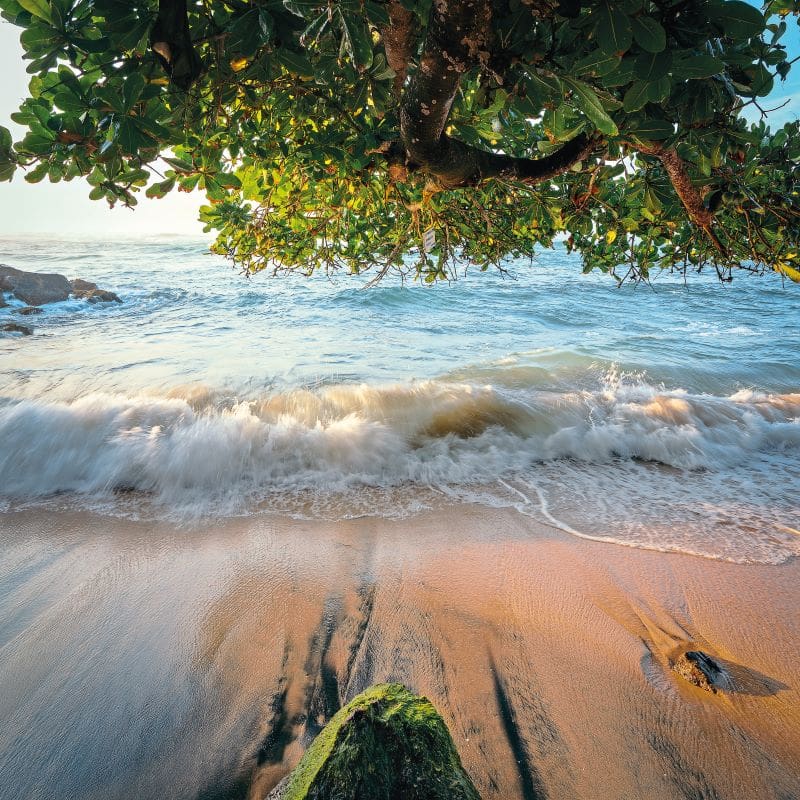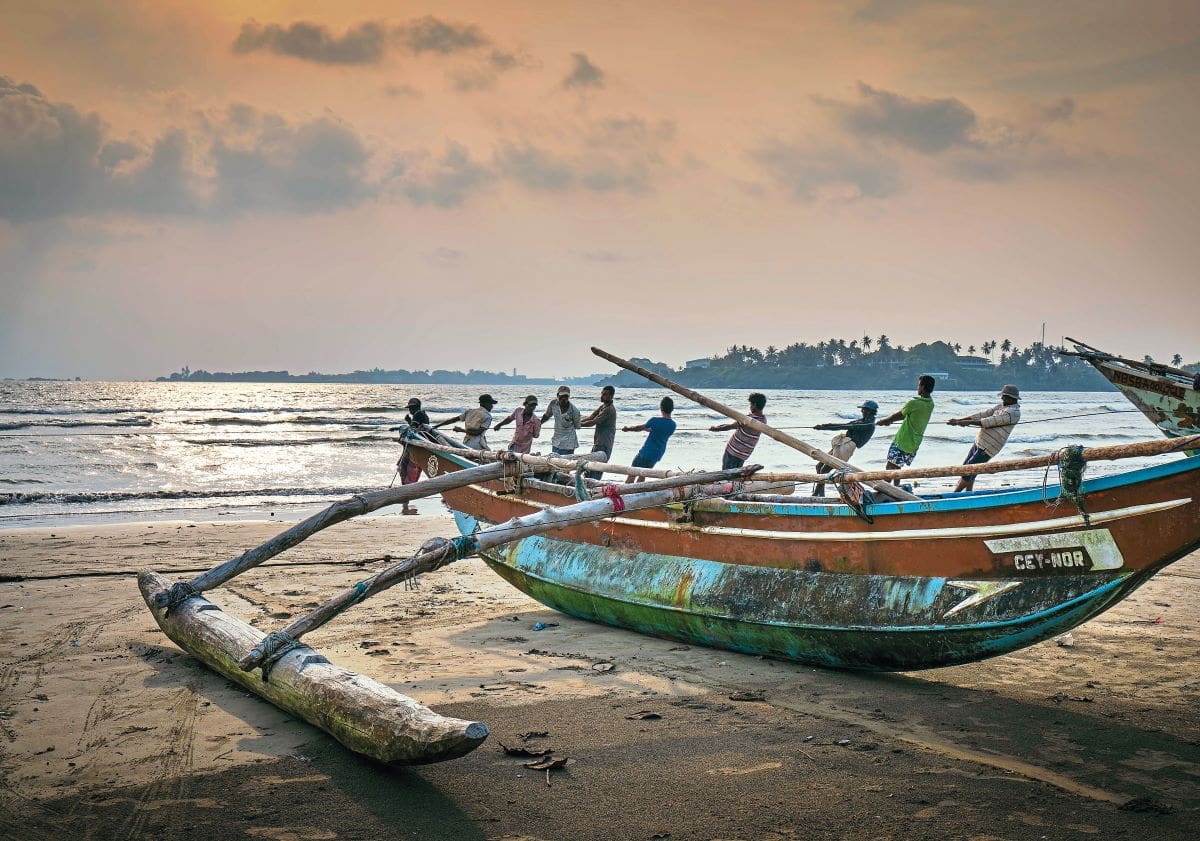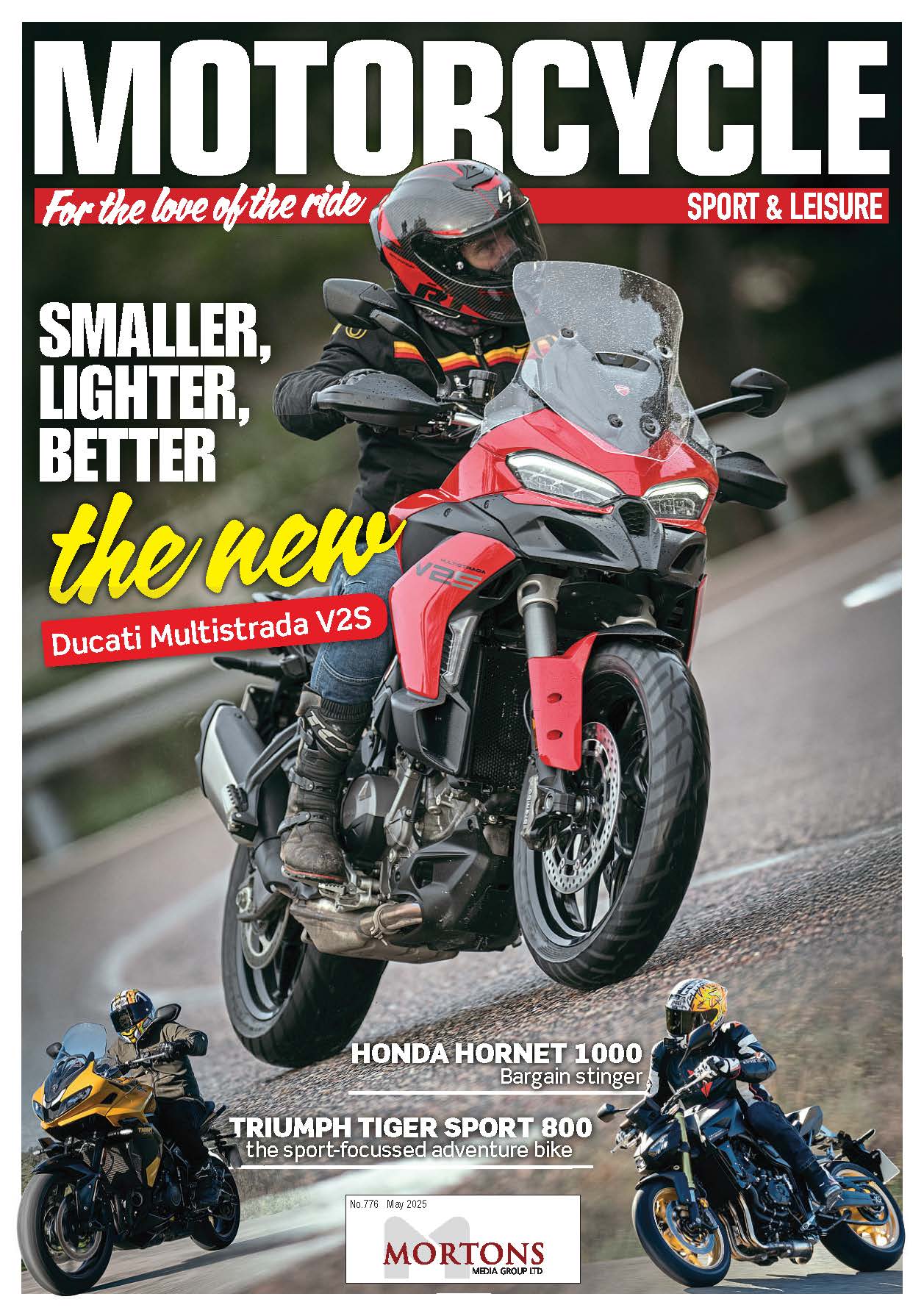Yet another Royal Enfield Bullet tour? This one’s a bit different – it’s in Sri Lanka
WORDS & PHOTOGRAPHY: Benedict Lloyd
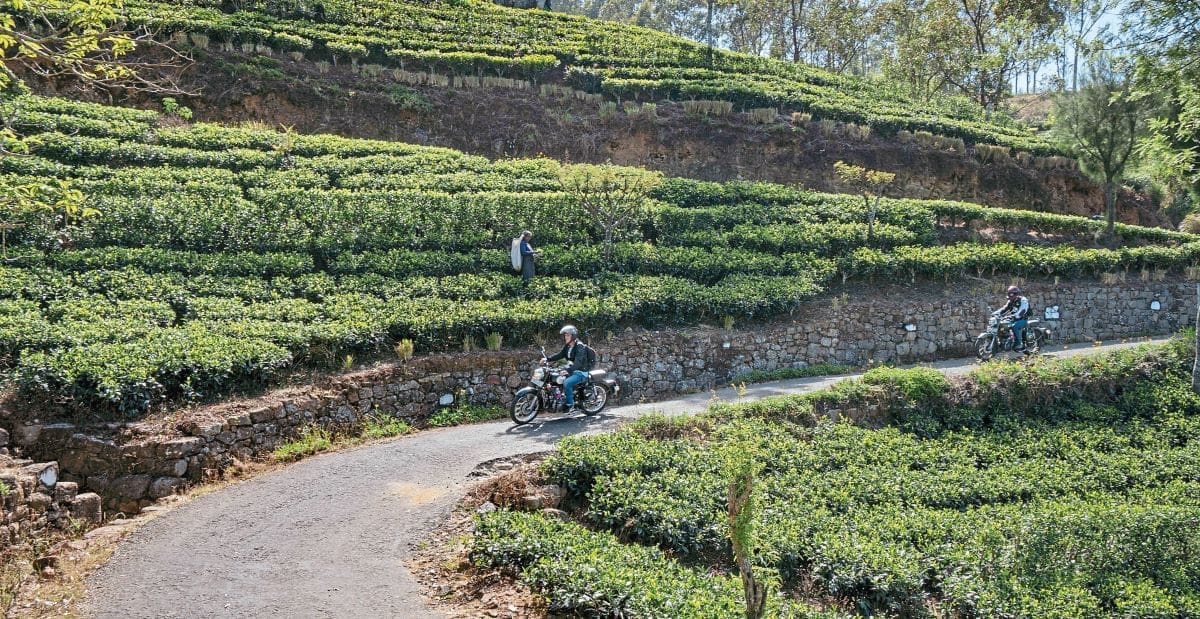
There is more to Sri Lanka than meets the eye, as anyone who has visited the place will tell you. Located at the tip of the Indian subcontinent, this island of sapphires and tea is a veritable jewel in the Indian Ocean. Better still, it has everything a motorcycle tour could possibly need, with roads seemingly built with bikes in mind. The twisting and winding roads of the Highlands, hidden tea estate roads unknown to all but the adventurous, and a route across Corbett’s Gap in the UNESCO Knuckles Forest Reserve. There are tracks so obscure they aren’t even on the map, but are still rideable. Wildlife parks that spill on to everyday routes, ancient civilisations that dot this beautiful island and golden sands that surround it. When it comes to exploring by bike, Sri Lanka has it all.
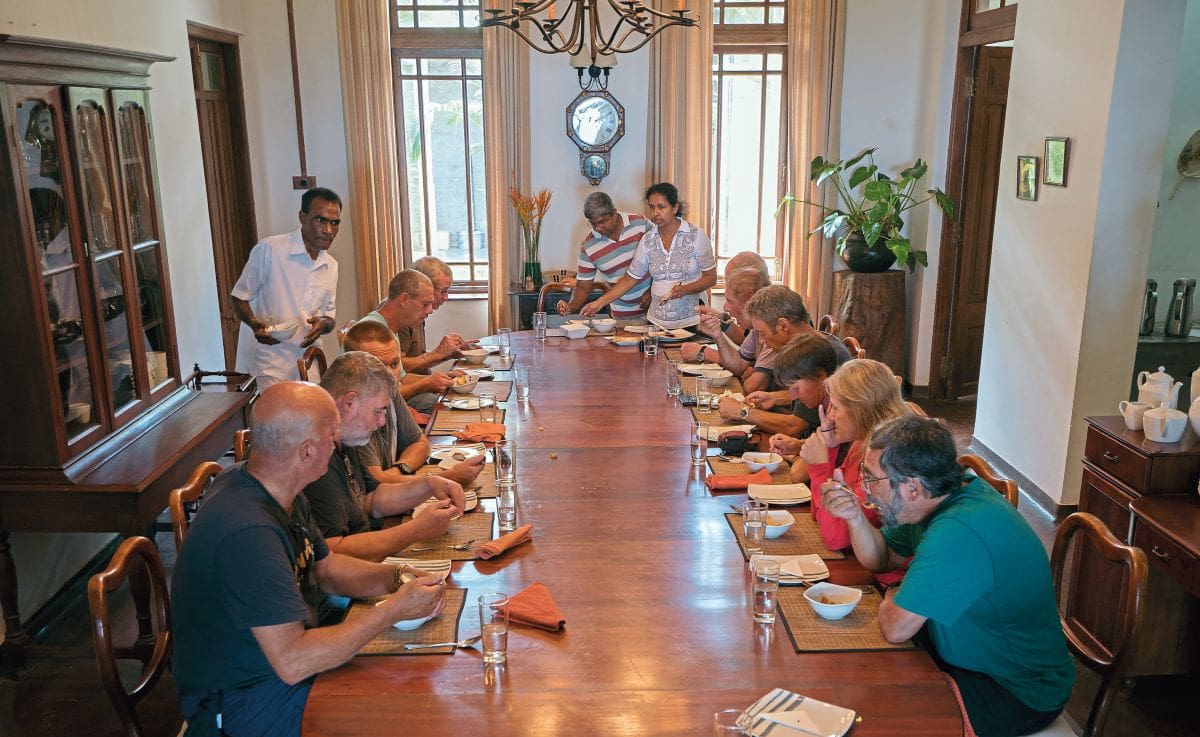
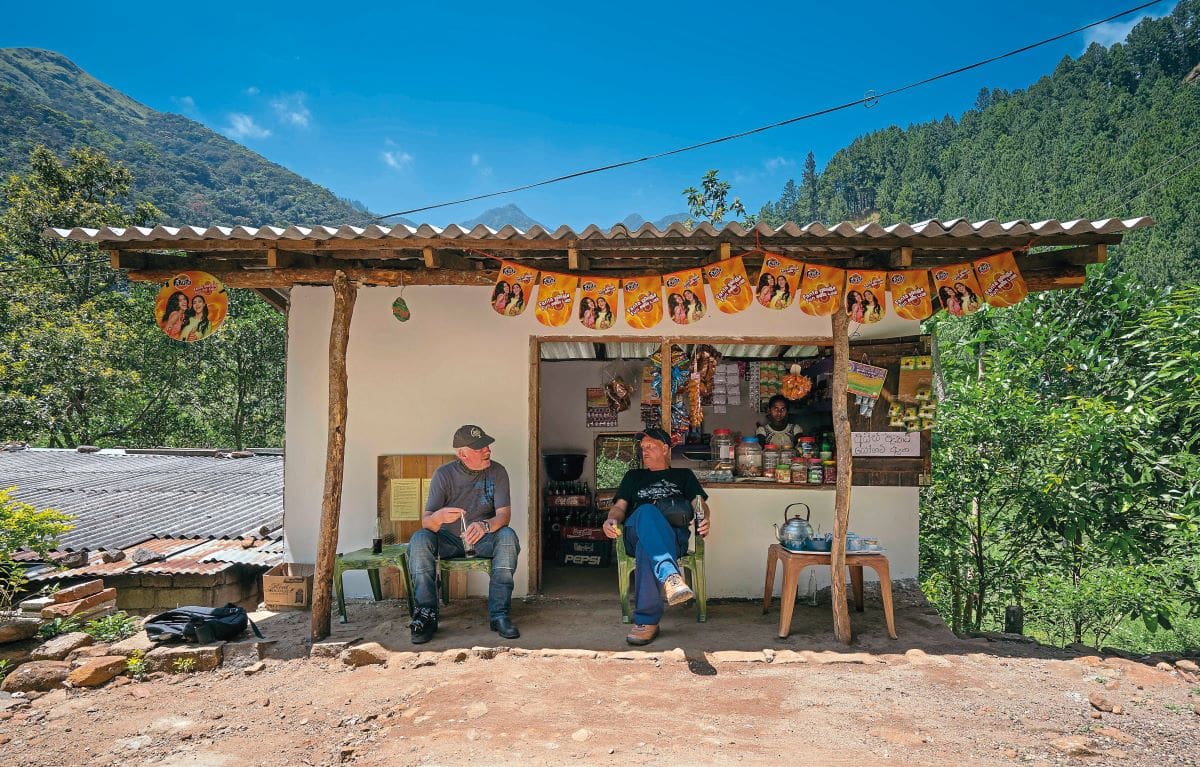
Take a typical day ride over the Knuckles Range, so called as it resembles the knuckles of a fist. We start by climbing from the valley and up over the north part of the range on small roads with very little passing traffic. There are tea plants amongst the huge trees of the forest before you cross the pass with the cultural triangle far below.
From this point on, the surroundings change from mountains to the open road and a much drier climate. The heat builds as you navigate multiple hairpins down from the mountains and on to the plains. Down here it’s much hotter, but also a chance to get some speed up for the first time in the day.
Or take one of the rides from beaches to mountains. We leave Galle, a town perched on the southwest corner of the island and dominated by a perfectly preserved Portuguese/Dutch fort. Not far from the beaches, on fantastic roads, we immediately disappear into the jungle. Some very twisty tarmac takes us around Singharaja Rainforest and up into what we would describe as the tea country ahead. After the first couple of hours, we are in a mountainous landscape where the roads narrow as they weave through the hills. After lunch at Suriyakanda it’s down through switchbacks and pine forests to once again reach the plains and faster roads taking us to the edge of Uda Walawe National Park, and elephant country. Sri Lanka boasts several wildlife parks – after all, it is home to leopards as well as elephants and countless other varieties of wildlife. It is not unusual to see elephants, monkeys and deer as we ride the roads that bisect the national parks.
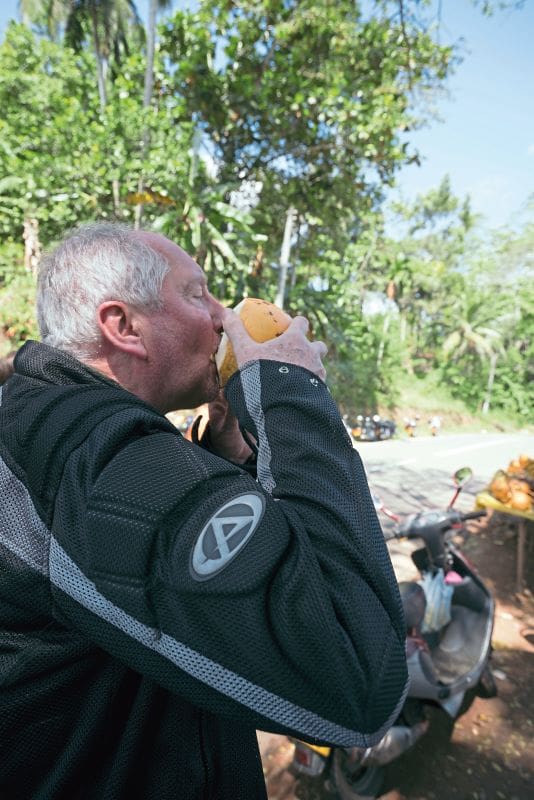
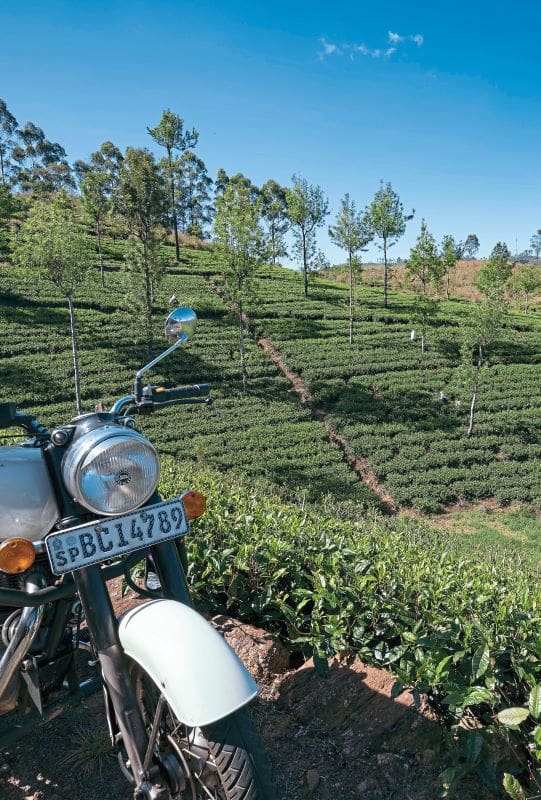

World’s End
Tea is the green gold of Sri Lanka, and no tour of the place would be complete without the epic climb to Lipton’s Seat, once the favourite spot of the famous tea planter Sir Thomas Lipton. Having started on fast roads on the plains we climb from just 100 metres above sea level. Continuous gradients test the Bullets, skirting alongside ever-rising peaks. The climb culminates in seemingly endless hairpin bends offering far-reaching views over the south coast towards the ocean. After a short break at the top at almost 2000 metres we head down through yet more hairpins on a road used almost exclusively by the tea estate workers.
Kandy is one of the ancient capitals of the island and home to the Temple of The Tooth. It has a cooler climate, as does the quaint colonial era hill station of Nuwara Eliya, often refered to as ‘Little England’. Again, it’s 2000 metres up from the sea, with a charm very different from the rest of the country, and to this day people retreat here to avoid the heat of the plains and the cities. We often stay in the Nuwara Eliya Golf Club, which was established in the late 19th Century – the bar has hardly changed since.

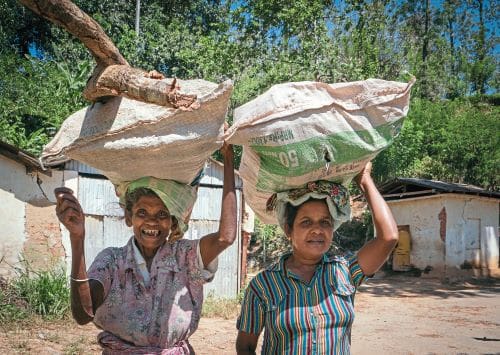
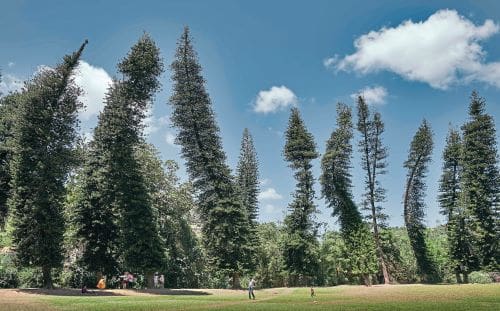
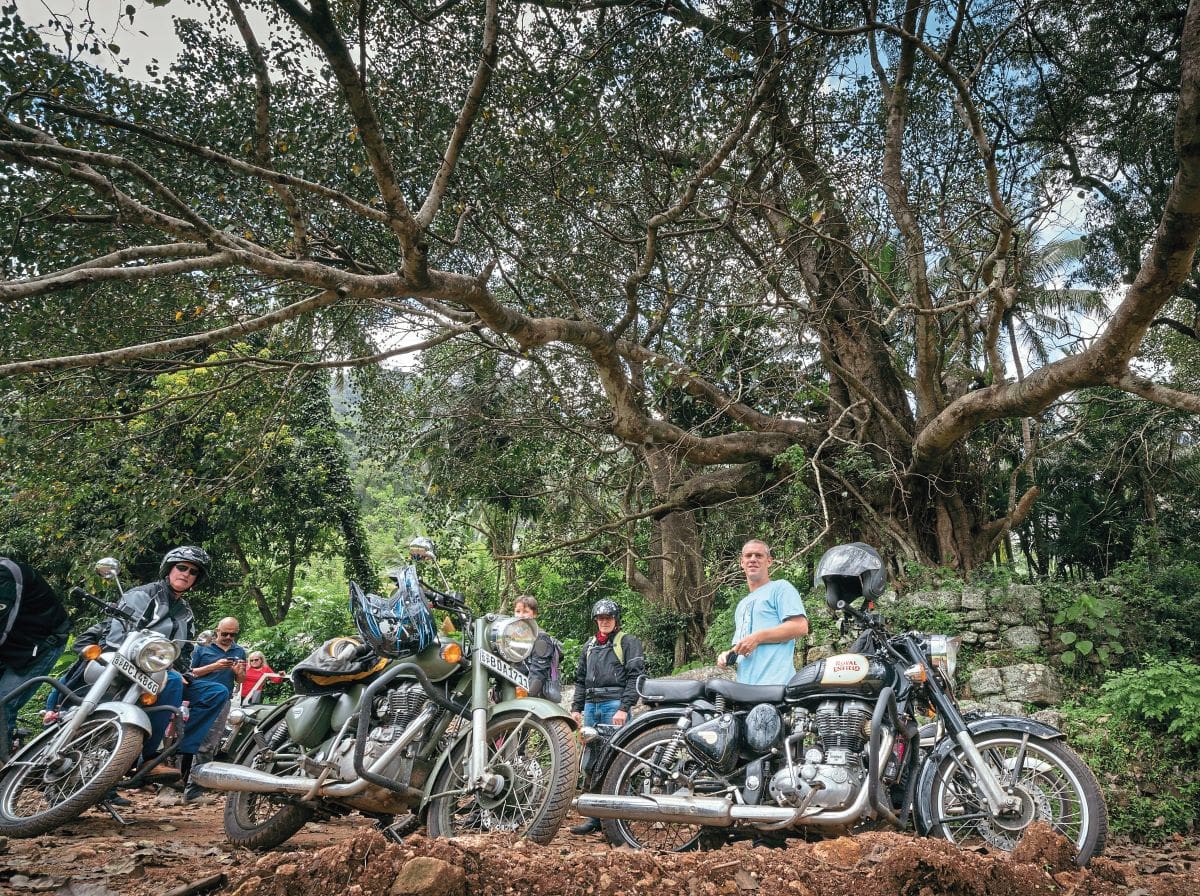
Horton Plains is another high-altitiude Sri Lankan destination, a cloud forest with open plains perched above pine and eucalyptus forests. Another UNESCO site, it’s sited slap bang in the middle of the island’s southern central highlands. It’s like another country with unique flora and fauna. Herds of Sri Lankan sambar deer roam the forests and three major Sri Lankan rivers rise here. One of the top (in every sense) attractions is World’s End, a breathtaking precipice with a sheer drop of 870 metres (over half-a-mile, in other words). All of this provides a surreal antidote to the endless corners that lead us up there. There is only one road in and out of Horton Plains, snaking its way up to the plateau with a corner every 20 seconds or so.
Another good stop is the ancient rock fortress of Sigiriya – an ancient volcano plug – which was once a king’s pleasure palace. It’s situated in the cultural triangle of Dambulla, Polonaruwa and Sigiriya, with ruins scattered throughout the area. After time spent in the hills these roads are the perfect antidote to the endless corners and time to cruise the Bullets in a straight line.
It is wise to restrict riding to a maximum of four to six hours per day, partly to maintain concentration to cope with the corners and possible wildlife on the road. Not only that, but it allows time to enjoy the sights, sounds and smells, as well as local eateries and tea stalls, sampling local hospitality and supporting the local businesses. And when you do stop, Sri Lankan people are charming, inquisitive and very friendly.
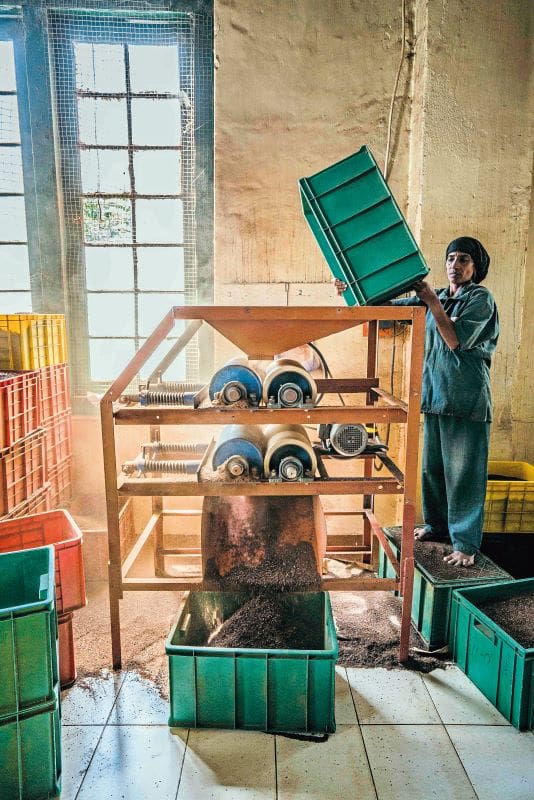
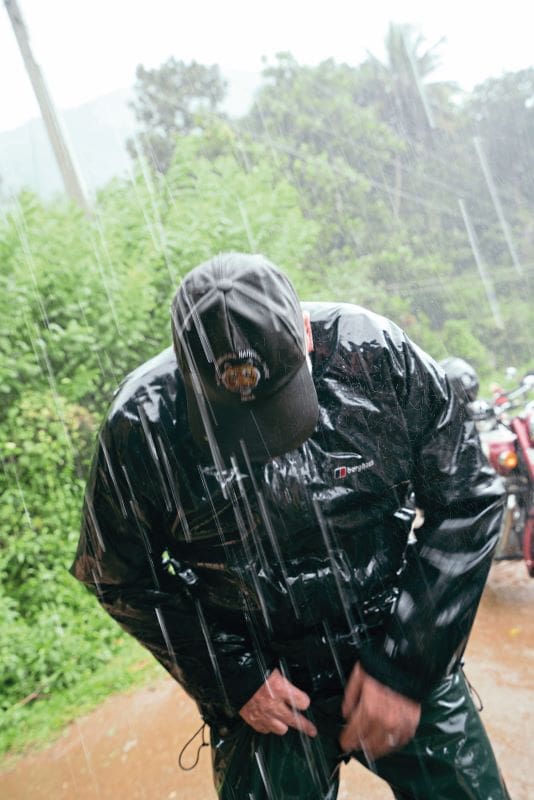
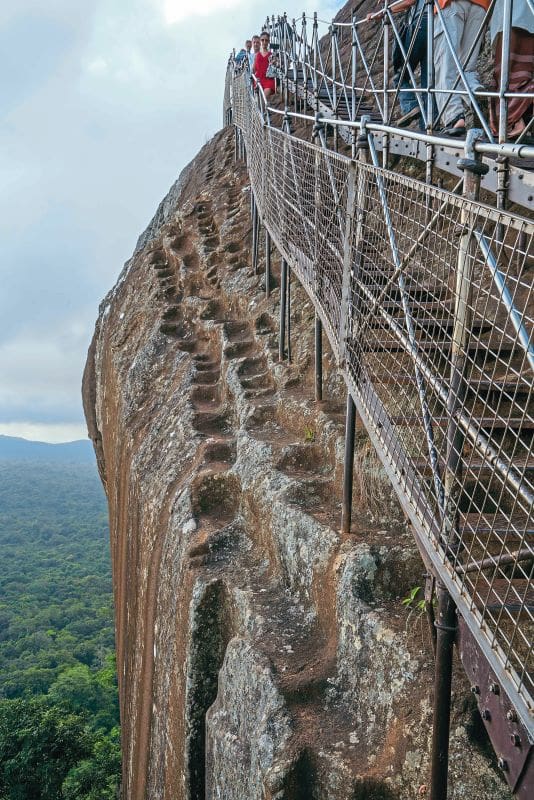

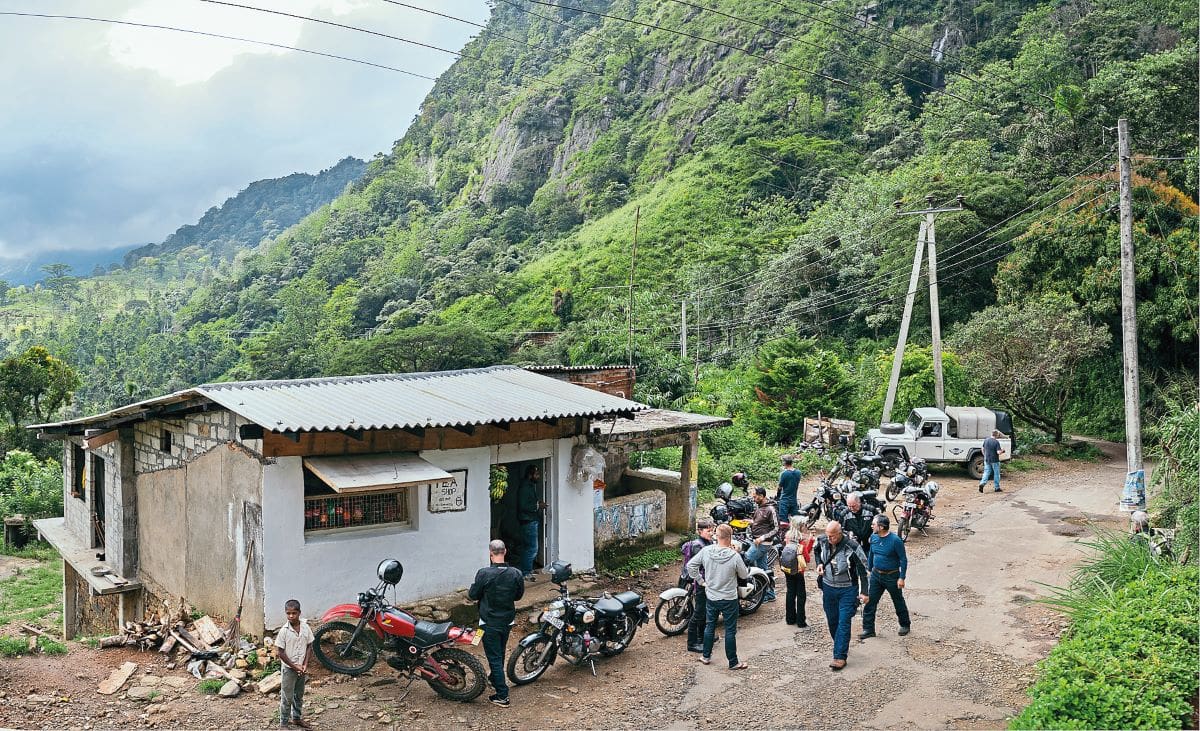
Monsoon Country
The Royal Enfield Bullet is perfect for this place. Not only is it an integral part of the sub-continent, but also local Sri Lankan laws restrict motorcycles to a maximum of 400cc, making the 350 Bullet more than up to the task. These bikes are built for comfort rather than speed, but that suits the island roads, which encourage a more relaxed pace.

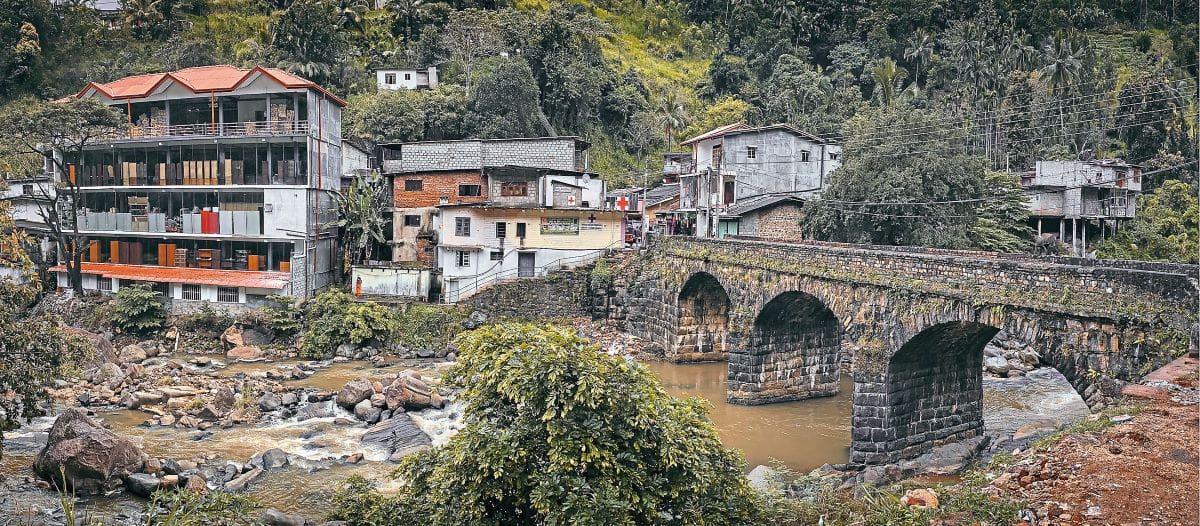
So, when should you go to Sri Lanka? Unlike some more extreme destinations, travel is not confined to a particular time of the year. The island has two monsoons, which generally means that there is always a mixture of weather. The main southwest or ‘Yala’ monsoon brings rain to the west and southwest coasts, as well as parts of the hill country from April to September. The less severe northeast or ‘Maha’ monsoon hits the east coast from November to March. But the term ‘monsoon’ doesn’t mean that it just rains, and often these monsoon seasons are punctuated by plenty of sunshine. The drawback, of course, is that you have to pack clothing for every eventuality, but your best bets for kind weather are February/March and July/August.
Whatever the weather, a bike is a great way to see the island. And in the words of Steve McQueen: “One of the things that makes motorcycling so great is because it never fails to give you a feeling of freedom and adventure.” How right he was.

